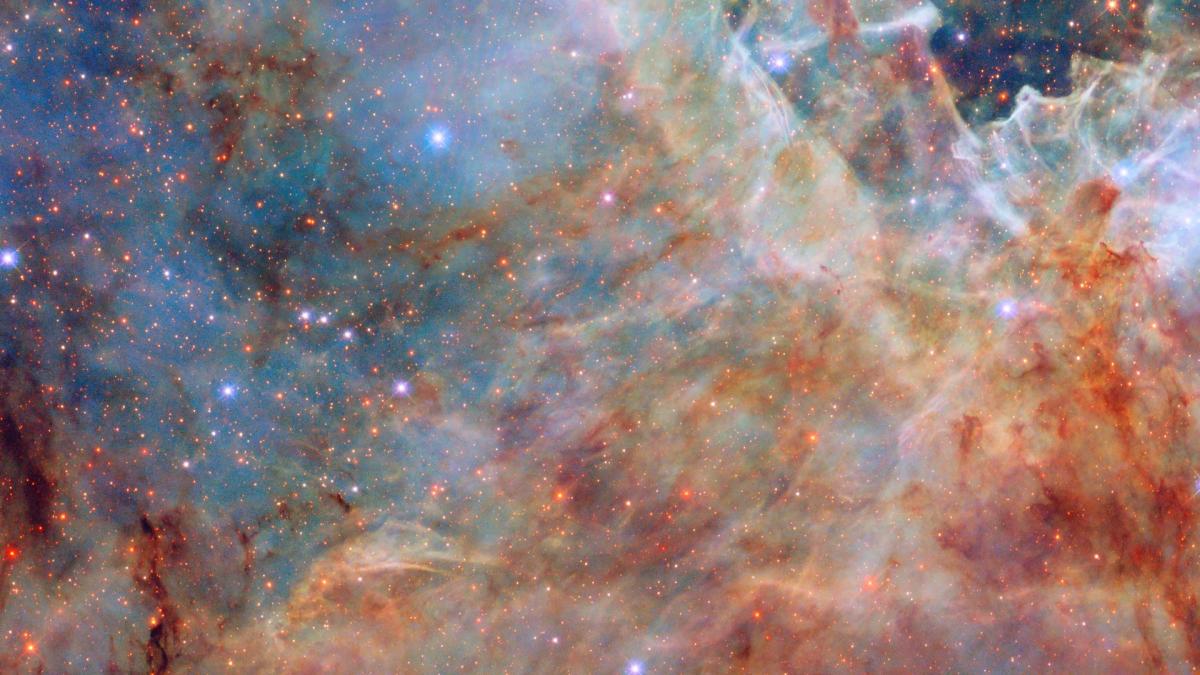NASA and ESA share a breathtaking Hubble image of the outer edge of the Tarantula Nebula
The Hubble Space Telescope is still trucking along more than 30 years after its launch, observing the universe and sending home images to marvel at. this week NASA and ESA highlighted a Hubble image of the highly productive Tarantula Nebula (officially called 30 Doradus) in the Large Magellanic Cloud, and it’s a sight to behold.
The Tarantula Nebula is “the largest and most productive star-forming region in the local universe,” with stars roughly 200 times more massive than the sun at its center, according to NASA. This Hubble view gives us a glimpse of the nebula’s outskirts, revealing layers of colorful gas and stars. The Tarantula Nebula is located in the Large Magellanic Cloud, a nearby dwarf galaxy.
While the end result we see is filled with brilliant colors, the Hubble images initially come back in grayscale. like explained, “scientists can create a composite color image by taking exposures using different color filters on the telescope, assigning a color to each filter that matches that filter’s wavelength, and combining the images.” The new image of the Tarantula Nebula does not represents only visible light, but also ultraviolet and infrared. In such a case, colors are assigned to those wavelengths that we cannot normally see.







